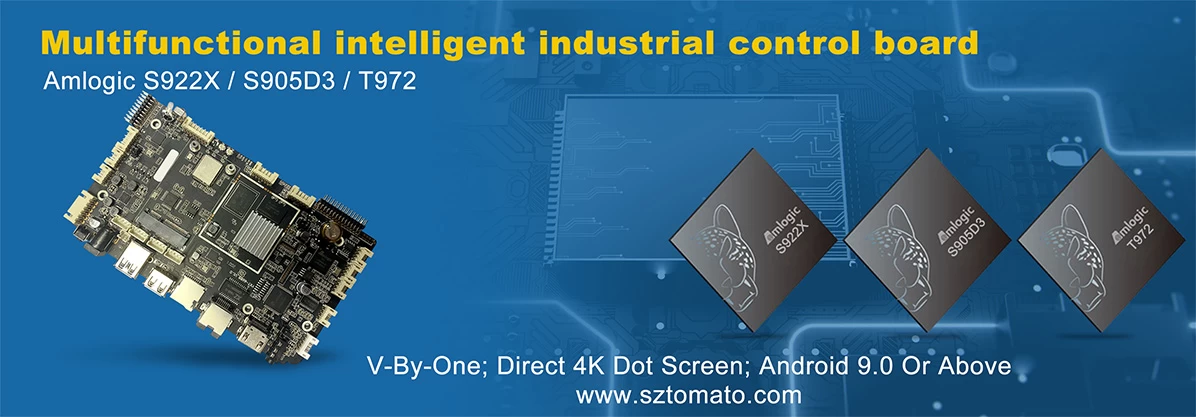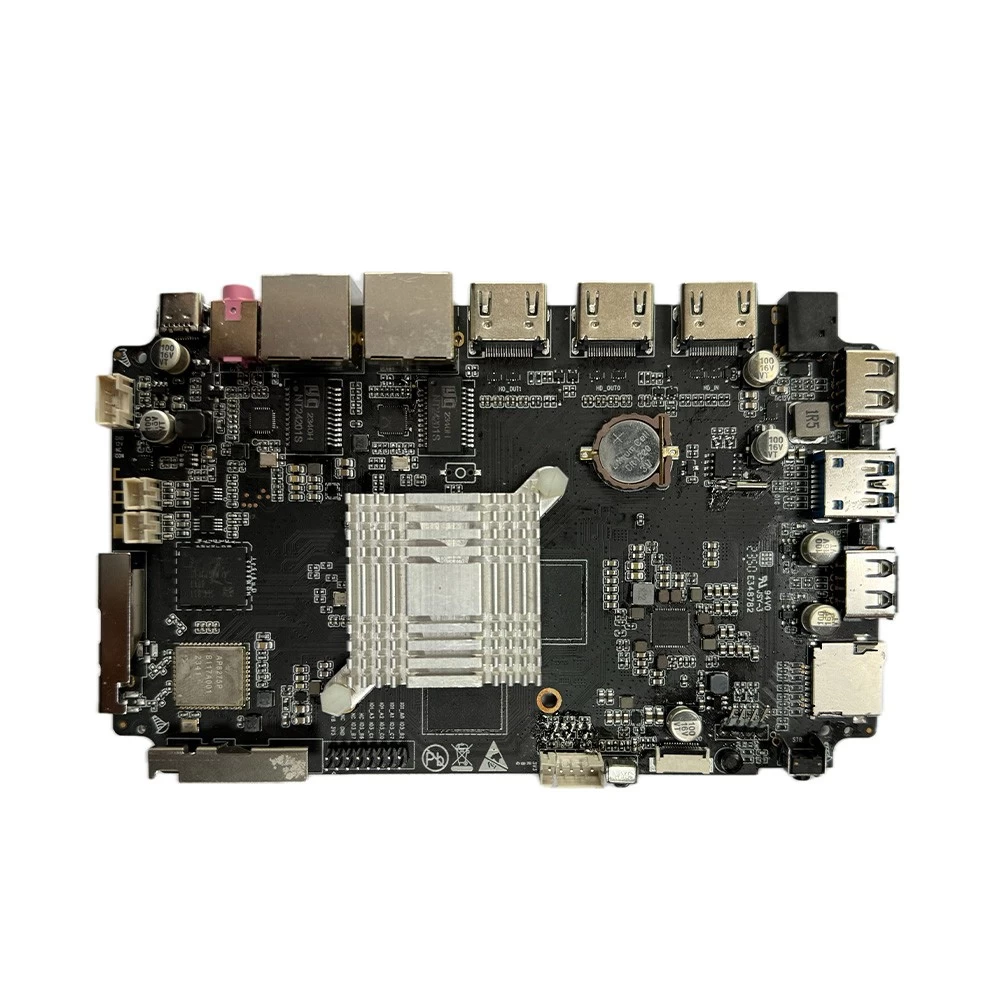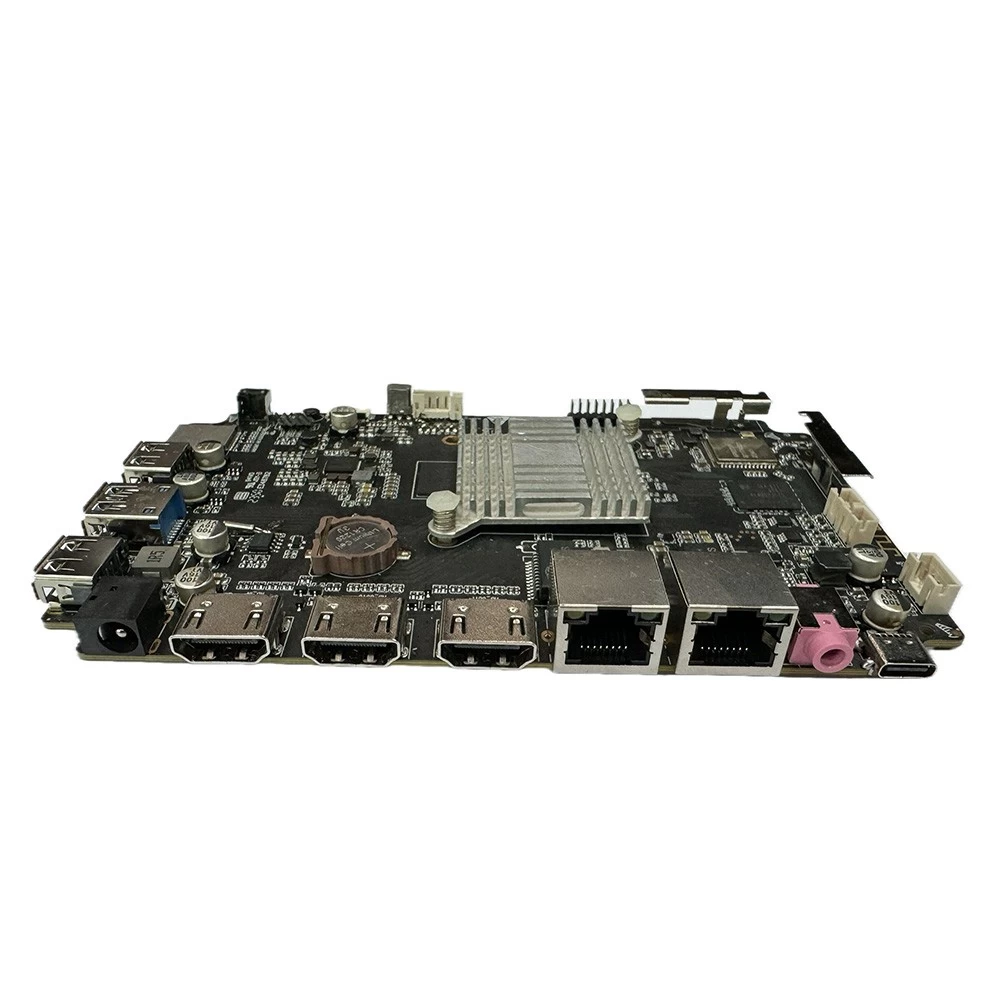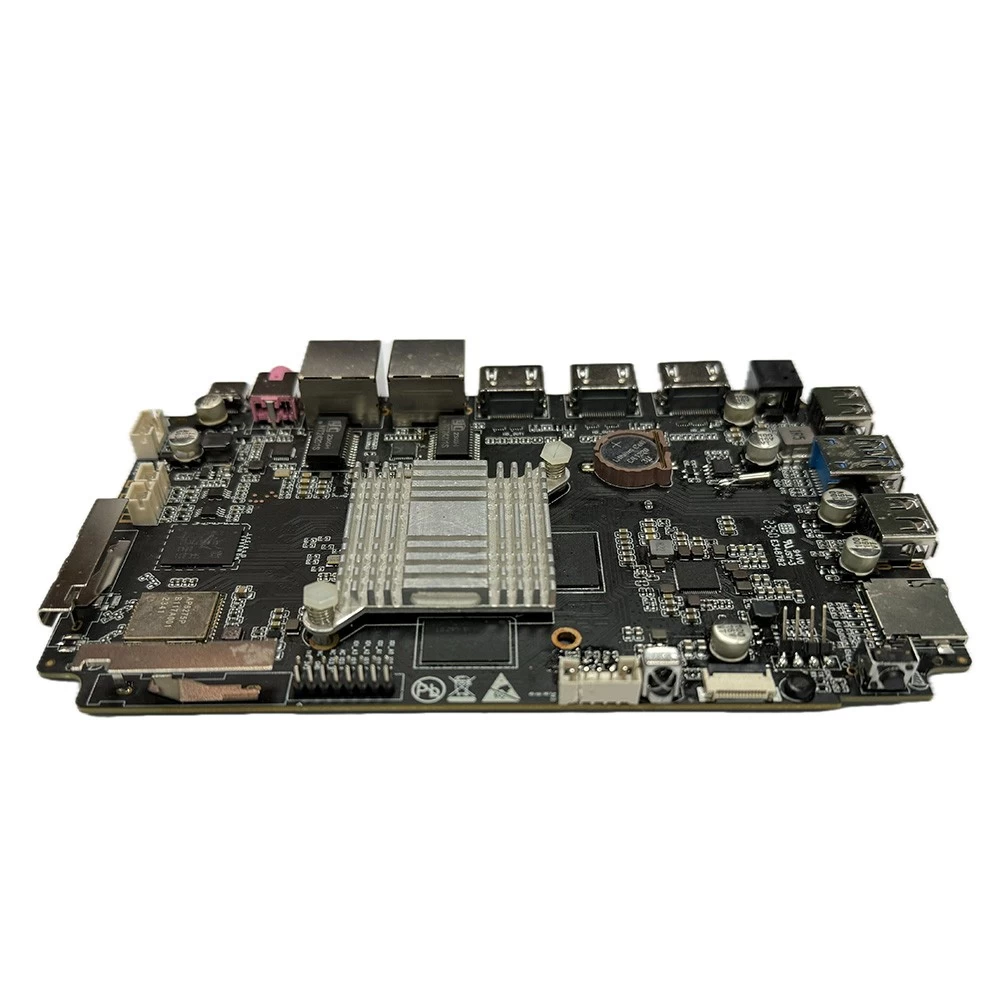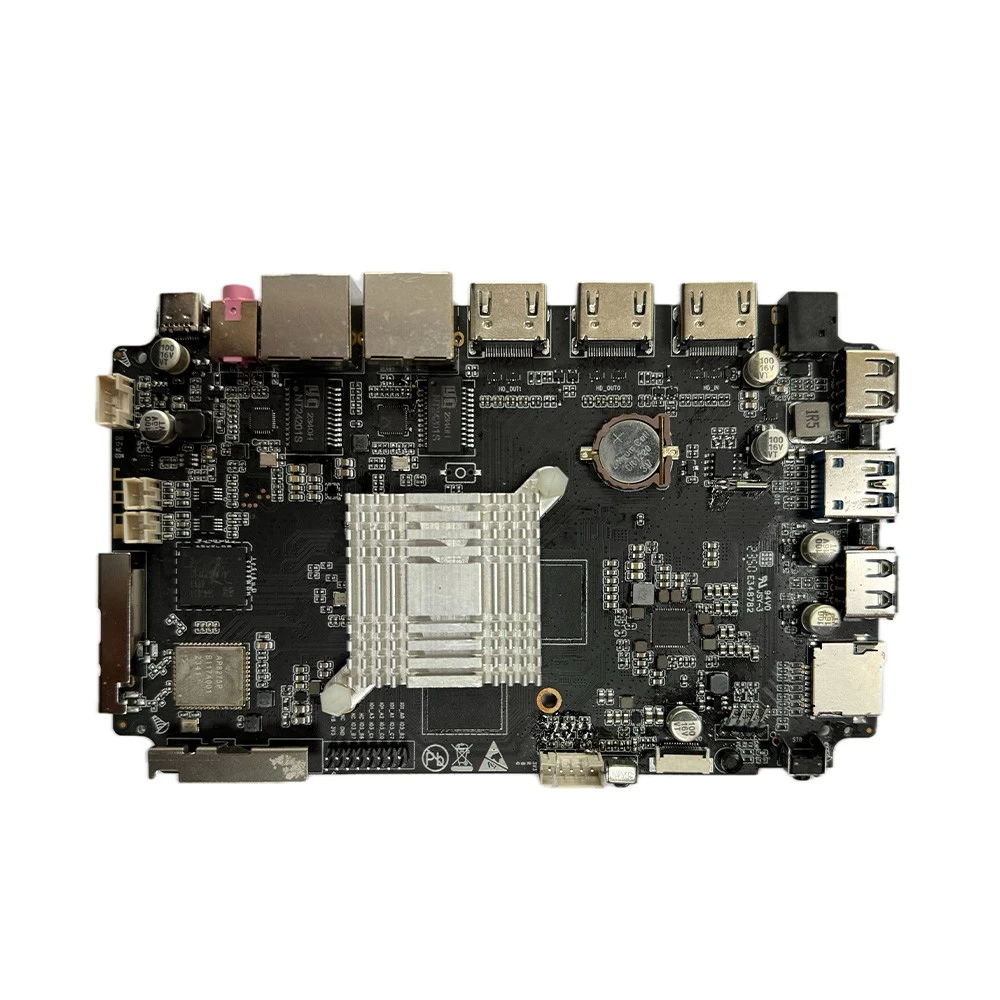The difference between analog and digital signals
tomato
sztomato.com
2017-06-15 10:15:53
In the analog age, the cable quality and signal quality are closely related, and it also has to do with the length of the cable. As the length of the video cable increases gradually, the quality of video decreases. As shown in the right image, the quality of the image is gradually decreasing in a linear fashion.
In the input signal Vi, it is also possible that the micro usb to HDMI cable is disturbed by external interference and superimposed interference signals. Signal in the process of amplification, the interference signal is amplified, along with all the in multistage amplifier circuit, the jamming signal is likely to affect the normal output signal, resulting in the picture. The simulation of the video signal is likely to show three losses of amplitudes, high-frequency signals, or low-frequency signals, which may be dimmed or mild. When the viewer compares the image of the loss to the image of the perfect image, there will be a clear distinction between the two.
 In the digital age, digital signals are better at anti-jamming than analog signals. But it's not that the digital signals will not be disturbed, and that the same signals will be added to the digital signal.
In the digital age, digital signals are better at anti-jamming than analog signals. But it's not that the digital signals will not be disturbed, and that the same signals will be added to the digital signal.
Took the form of "10" digital signal transmission, such as the regulation between 0.8 V ~ 1.3 V level to high level, while high level by superposition of jamming signal, but still within this threshold, the same will be identified as 1, without recognition of Lightning mirroring cable china. After amplifying, the jamming signals will be removed, and the signal will regenerate the standard signal. As a result, digital signals are more anti-jamming.
The loss of digital signals is also completely different from analog. Its signal is almost perfect in a certain length, but after a critical length, the signal quality drops dramatically, or disappears. The curve of image quality is like a cliff, commonly known as the "cliff effect". Cable transmission distance to point "cliff effect", the eye does not identify what changes have taken place in the image, but in the process of transmission, data errors caused by the bad lightning cable to hdmi actually has appeared.

We don't see eye to eye because of the quality of these errors, because digital transmission systems have corrective techniques. If there is a mistake, the quality of the image will remain perfect within the confines of the threshold. But when the error rate exceeds the threshold, a signal collapse occurs and the "cliff effect" occurs.
In the input signal Vi, it is also possible that the micro usb to HDMI cable is disturbed by external interference and superimposed interference signals. Signal in the process of amplification, the interference signal is amplified, along with all the in multistage amplifier circuit, the jamming signal is likely to affect the normal output signal, resulting in the picture. The simulation of the video signal is likely to show three losses of amplitudes, high-frequency signals, or low-frequency signals, which may be dimmed or mild. When the viewer compares the image of the loss to the image of the perfect image, there will be a clear distinction between the two.

Took the form of "10" digital signal transmission, such as the regulation between 0.8 V ~ 1.3 V level to high level, while high level by superposition of jamming signal, but still within this threshold, the same will be identified as 1, without recognition of Lightning mirroring cable china. After amplifying, the jamming signals will be removed, and the signal will regenerate the standard signal. As a result, digital signals are more anti-jamming.
The loss of digital signals is also completely different from analog. Its signal is almost perfect in a certain length, but after a critical length, the signal quality drops dramatically, or disappears. The curve of image quality is like a cliff, commonly known as the "cliff effect". Cable transmission distance to point "cliff effect", the eye does not identify what changes have taken place in the image, but in the process of transmission, data errors caused by the bad lightning cable to hdmi actually has appeared.



